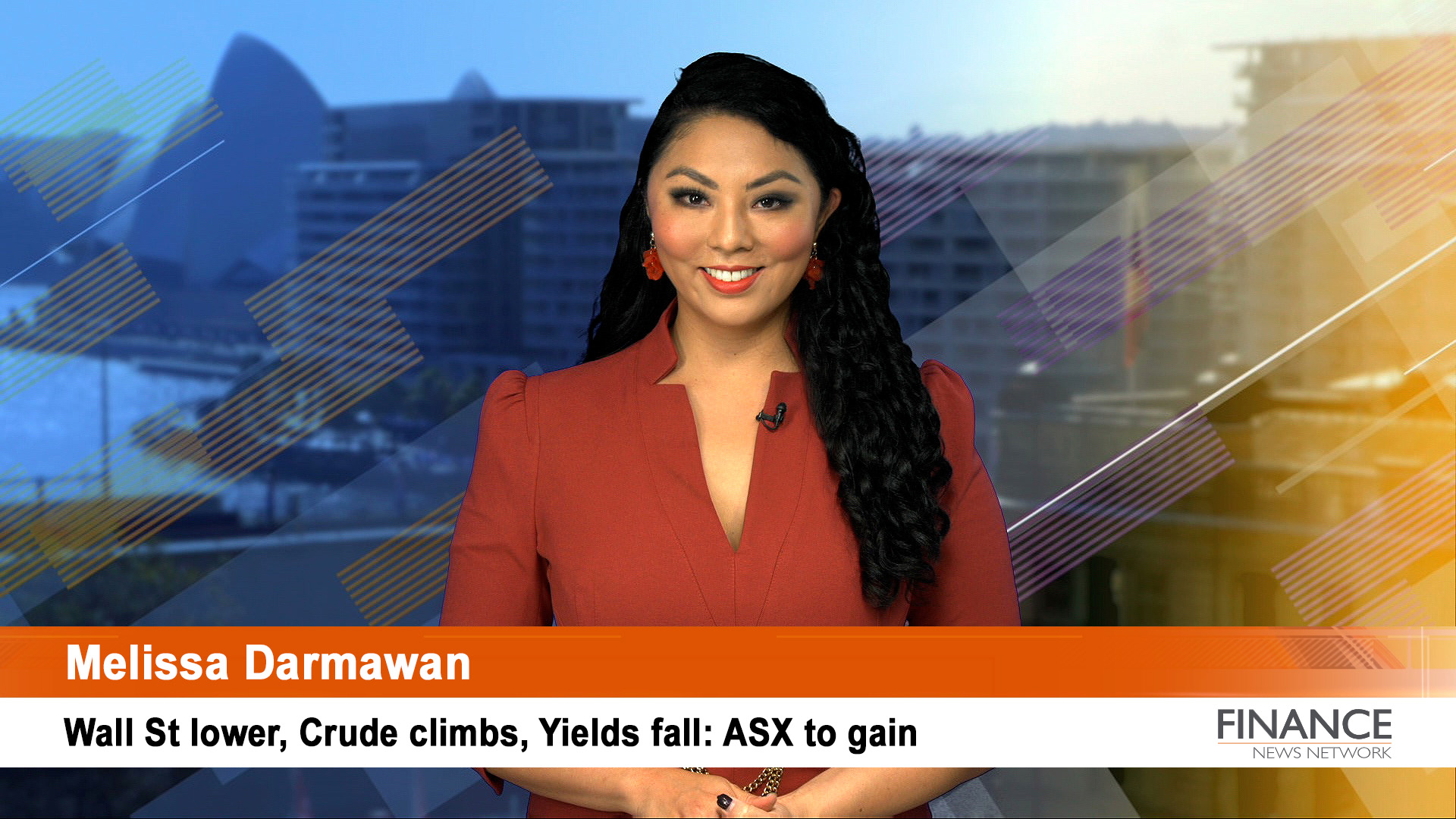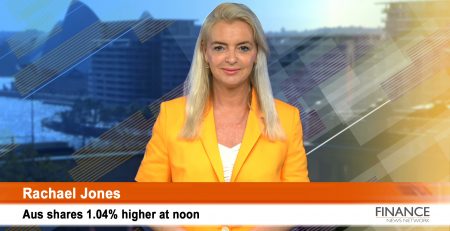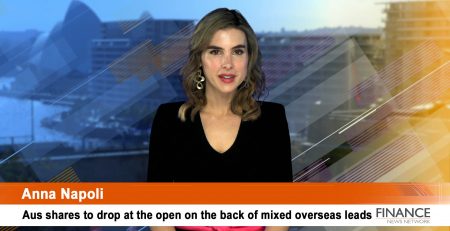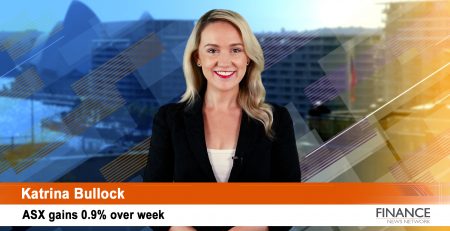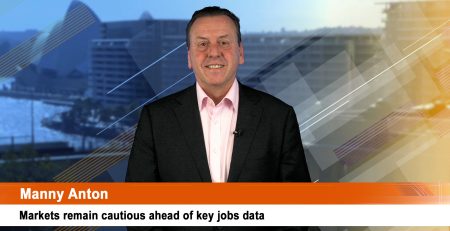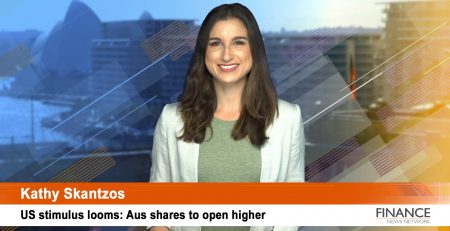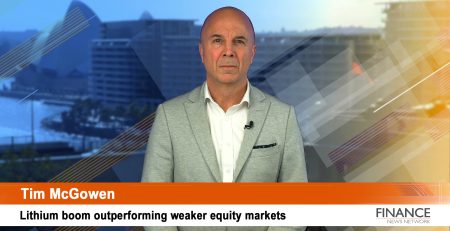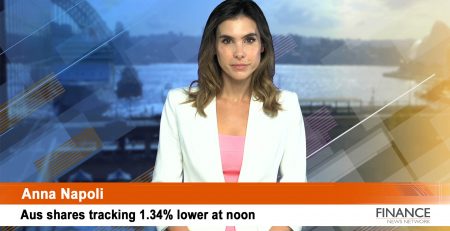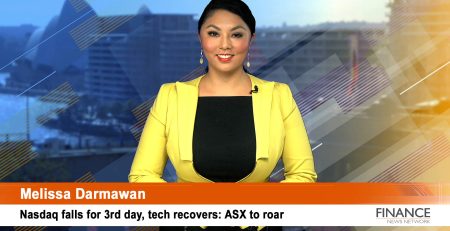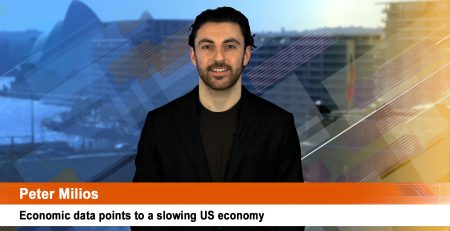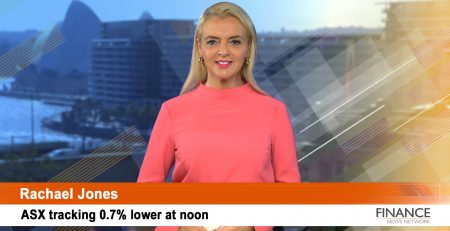Fire at Ukraine nuclear power plant burns Wall St lower: ASX to gain
Major indexes around the globe closed mixed as traders reacted to Russia's shelling & takeover of Europe’s largest nuclear power plant in Ukraine. Commodity prices continued to surge to new record highs. Review of ASX insurers amid flooding in Northern NSW and parts of Queensland. What to look out for this week including companies trading ex-dividend, quarterly rebalancing and job figures.
The Australian sharemarket is set to rise after another difficult week.
Search for safety continues on Wall St fall
Bond yields dived, crude climbed, risk taken off the table, investors stayed cautious as the war unfolds, sending Wall St lower.
We’ve gone from one shock to another, the Covid-19 pandemic to the Russian invasion in Ukraine, and flooding on the eastern side of Australia, taking market participants’ attention, as Wall St shrugged off the US jobs report which topped economists expectations.
Impressive jobs report shrugged off by investors
The American economy added 678,000 jobs in February, well above expectations of 400,000 as per the Bureau of Labor Statistics. It was positive on many fronts, the unemployment rate fell to 3.8 per cent, the participation rate ticked higher, so people are coming back to the workforce and wages growth, a signal for inflation rose to an annualised rate of 5.1 per cent a miss of the 5.8 per cent expectations.
Despite the impressive figures, they were not enough to lift Wall St out of the red. Why? Market participants were looking forward, not backwards. The jobs report told us what happened before the war happened. The shock of imminent stagflation spurred market participants to run models on what it would mean amid rising commodity costs with the situation on eastern Europe overhanging.
2022 vs 1970s stagflation ‘definition’
Now, a 2022 meaning of stagflation at this point in time is a slowdown in economic growth and rising prices. I say ‘redefined’ because to meet the 1970s definition of stagflation, we would need to add rising unemployment to the mix of rising prices and slow growth, not a tight labour market which the February figures have shown.
If you reflect over the past year, we have seen economies around the globe climb their way to recovery. So what are people worried about? They’re concerned about the economy turning on its head from this recovery to a dramatic “stagflationary” environment, sparked by energy and food prices, making it all that more challenging for central bankers as they walk a fine line around between the inflation and the growth narrative.
One thing we do know was that we didn’t hear a dovish central bank after we heard from Fed Chair Jerome Powell testify before financial lawmakers last week, advocating a 25 basis rate hike at the meeting this month, with the possibility of lift-off to happen between meetings as the data-dependent bank reviews financial conditions.
Commodities soar
Elsewhere, commodities have been rising rapidly as the Russian invasion triggers fear of supply shortages of energy, metals, and grains. Crude is in the triple digits, rising over 26 per cent for the week, aluminium is at record highs up almost 15 per cent over the week, and soft commodities like wheat saw a weekly surge of almost 41 per cent, at heights unseen in around a decade. You can see why this has put central banks’ renewed attention on inflation, sitting at multi-year highs even before the war in Ukraine.
Aussies say “rain, rain go away”
Back home, if you’ve said “rain, rain, go away”, well you’re not the only one. Expected costs of the flooding on the east coast here in Australia are set to rise. Insurers like IAG (ASX:IAG) and Suncorp (ASX:SUN) are likely to see a catapult in claims, with Aussies facing increased insurance premiums amid higher fuel and food costs.
The share price of these insurers have been far from positive over the past few weeks, however one thing to know is that insurers operate reinsurance programs to help absorb the costs. According to Ord Minnett, once waters recede, the rebuilding begins and this is likely to lead to a surge in building materials, household durable goods, and replacement motor vehicles. Keep an eye out for companies in this sector.
Despite the plea for help from the government to assist with the evacuation of civilians and animals to dry land, it will be very interesting to see how this plays out around costs carried by the state and federal government. It could mean higher rates and taxes amid this inflationary environment that we are in.
Figures around the globe
At the closing bell, Wall St closed lower. The Dow Jones lost 0.5 per cent to 33,615, the S&P 500 fell 0.8 per cent to 4,329 while the Nasdaq closed 1.7 per cent lower at 13,313.
Across the S&P 500 sectors, energy was the best performer, up 2.9 per cent for the session, up almost 35 per cent for the year. Utilities added 2.2 per cent, the companies that provide energy, electricity were in favour. Then we have real estate, healthcare and consumer staples edging higher. Financials were the worst performer by 2 per cent, information technology was also a laggard.
The search for safety continued with the yield on the 10-year treasury note dived 11 basis points to 1.73 per cent as prices rose, gold rose on a weaker greenback.
Across the Atlantic, European markets closed lower. Paris lost almost 5 per cent, Frankfurt fell 4.4 per cent and London’s FTSE tumbled 3.5 per cent, its its worst day since March 2020, dragged down by banks like Barclays, down 7 per cent, HSBC down over 5 per cent as well as oil major Shell down 5 per cent and the world's largest advertising firm WPP, after stopping operations in Russia.
Asian markets closed lower. Tokyo’s Nikkei fell 2.2 per cent, Hong Kong’s Hang Seng lost 2.5 per cent while China’s Shanghai Composite dropped almost 1 per cent.
On Friday, the Australian sharemarket closed 0.6 per cent lower at 7,111. Over the week, it closed higher 1.6 per cent. For the year, the ASX 200 is down 4.5 per cent. For a breakdown on what happened on Friday, join me here.
SPI futures
Taking all of this into the equation, the SPI futures are pointing to a 0.4 per cent gain.
What to look out for this week
Instead of breaking it up by days, let’s talk about this by agenda. The next quarterly rebalancing is set to be changed by this Friday as per the S&P Dow Jones. What this means is that there could be added volatility by market participants buying and selling out of positions to reflect the changes.
Some of these changes include Mesoblast (ASX:MSB), SKYCITY Entertainment Group (ASX:SKC), and Unibail-Rodamco-Westfield (ASX:URW) removed from the top 200 while Chic Collective (ASX:CCH) is added. Full list of changes are here.
Looking ahead to fresh economic print, we have inflation figures coming from China on Wednesday and the US on Friday. What will be interesting is to monitor the producer price index. Unless you personally go out to buy soft commodities like aluminium, these prices are likely to be reflected in the producer price index.
So on Wednesday, we see both China’s consumer and producer prices for February, however, it’s backward looking so this will be the floor to compare to for the next report. On Friday, it’s America’s consumer price index which is currently sitting at 40-year highs. I will break this down on what to expect closer to the event.
Back home, the RBA governor Philip Lowe is set to speak at the Australian Financial Review business summit on Wednesday. It’s expected that we will hear his views on the war and how it could impact the economy. This comes after he said last week that the situation is a major source of uncertainty.
Dr Lowe also reinforced the RBA's expectation of the unemployment rate to fall below four per cent this year. The leading indicators to this are the jobs report this week.
Today, to kick off on that point, ANZ is set to release the February job advertisements data. Also the latest payroll jobs report from the Australian Bureau of Statistics is slated on Thursday.
Ex-dividend
Kicking off the week are companies trading ex-dividend today after the end of reporting season. The local market is set to be on the backfoot before the session starts. This will ease as of next week though. One to watch is Rio Tinto, set to trade ex-dividend on Thursday.
Australian Finance Group (ASX:AFG) is paying 7 cents fully franked
Altium (ASX:ALU) is paying 21 cents fully franked
Bendigo and Adelaide Bank (ASX:BEN) is paying 26.5 cents fully franked
Big River Industries (ASX:BRI) is paying 5.5 cents fully franked
CSL (ASX:CSL) is paying 145.924 cents unfranked
Excelsior Capital (ASX:ECL) is paying 2 cents fully franked
Monash IVF Group (ASX:MVF) is paying 2.2 cents fully franked
NAOS Ex-50 Opportunities Company (ASX:NAC) is paying 1.6 cents fully franked
NAOS Small Cap Opportunities Company (ASX:NSC) is paying 1.35 cents fully franked
Northern Star (ASX:NST) is paying 10 cents fully franked
Perseus Mining (ASX:PRU) is paying 0.81 cents unfranked
QBE Insurance Group (ASX:QBE) is paying 19 cents 10 per cent franked
REA Group (ASX:REA) is paying 75 cents fully franked
Ramsay Health Care (ASX:RHC) is paying 48.5 cents fully franked
Sims (ASX:SGM) is paying 41 cents 44 per cent franked
Super Retail Group (ASX:SUL) is paying 27 cents fully franked
Viva Energy Group (ASX:VEA) is paying 3.2 cents fully franked
Dividend-pay
There are four companies set to pay eligible shareholders today
Microequities Asset Management Group (ASX:MAM)
Perpetual Credit Income Trust (ASX:PCI)
Ryder Capital (ASX:RYD)
360 Capital Enhanced Income Fund (ASX:TCF)
Commodities
Iron ore has lost 0.4 per cent to US$152.40. Its futures point to a 1.5 per cent gain.
Gold has gained $30.70 or 1.6 per cent to US$1967 an ounce. Silver is up $0.58 or 2.3 per cent to US$25.79 an ounce.
Oil has gained $8.01 or 7.4 per cent to US$115.68 a barrel.
Currencies
One Australian Dollar at 8:05 AM has strengthened from Friday, buying 73.67 US cents (Fri: 73.27 US cents), 55.75 Pence Sterling, 84.56 Yen and 67.42 Euro cents.
Copyright 2022 – Finance News Network
Source: Finance News Network

